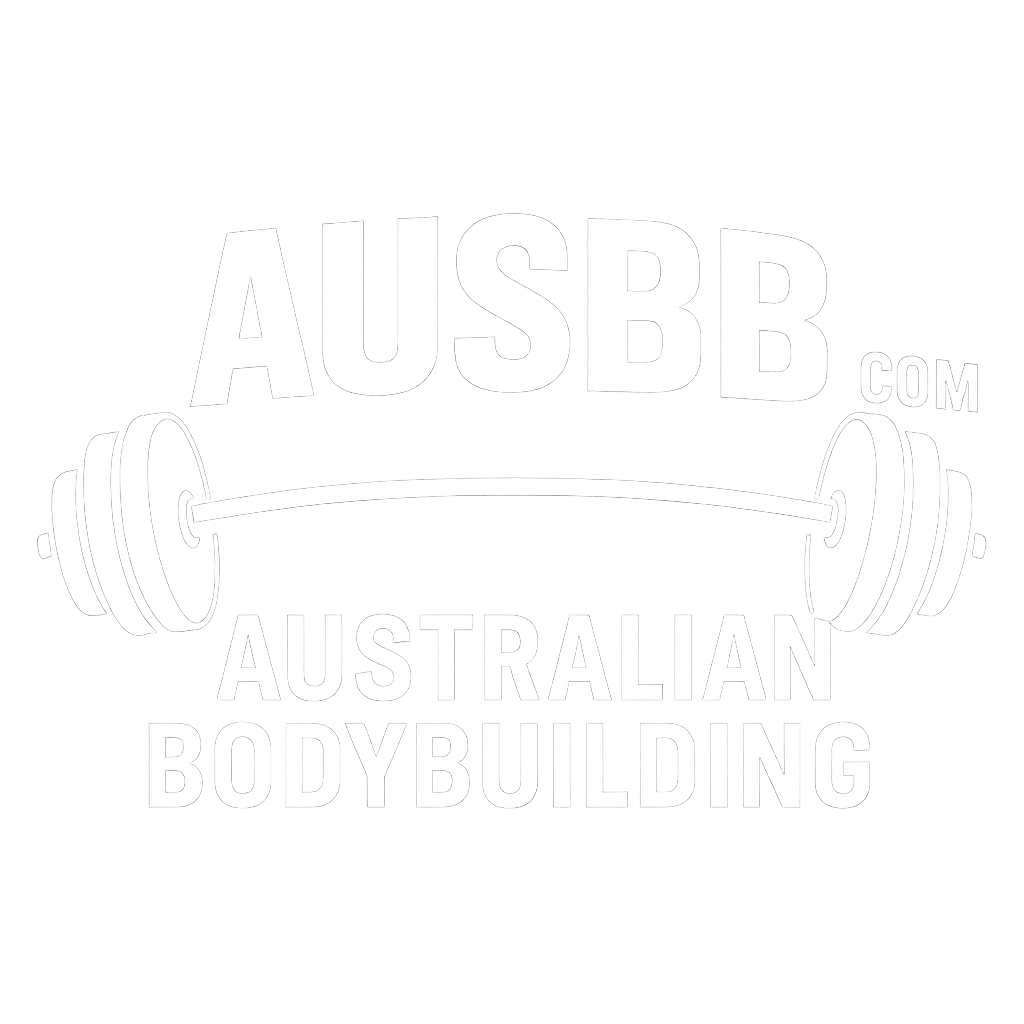Powerlifters generally train in a low rep range (1-5 reps) while bodybuilders tend to favor a moderate rep range (6-12). The adaptations associated with these rep ranges may explain at least part of the hypertrophic differences between these two classes of athletes (Schoenfeld, 2010).
Performing higher reps would theoretically result in a greater hypertrophy of Type 1 fibers. As previously noted, Type 1 fibers are endurance-oriented and thus respond best to longer times under tension. The low-rep training employed by powerlifters simply doesn't allow enough time under tension for significant development of these fibers (Tesch et al. 1984).
Moderate rep training promotes a greater muscle pump. While the pump is often thought of as a short-term training effect, it may result in greater muscle development. Studies show that cellular swelling causes both an increase in protein synthesis and a decrease in protein breakdown (Grant et al., 2000; Stoll et al., 1992; Millar et al., 1997).
It's theorized that an increase in water within the muscle cell – consistent with the mechanisms associated with "the pump" – is perceived as a threat to its integrity.
In response, the cell initiates a signaling cascade that ultimately causes the muscle to grow larger to protect the ultra-structure. In addition, greater occlusion and hypoxia may be associated with higher rep pump-style training, which can induce growth through increases in growth factor production and possibly satellite cell fusion (Vierck et al., 2000).
Moreover, as previously discussed, training in a moderate rep range promotes sarcoplasmic hypertrophy—an increase in non-contractile elements (McDougall, Sale, Elder, & Sutton, 1982; Tesch, 1988). While this in itself manifests as an increased muscle size, it may also promote additional increases in contractile hypertrophy.
Glycogen is hydrophilic (water loving). Each gram of glycogen attracts three grams of water into the muscle cell (Chan et al. 1982). This increased hydration may thus lead to greater myofibrillar growth through cell swelling mechanisms, providing double-duty for increasing hypertrophic gains.
It's also important to take into account the higher levels of poundage (weight x reps) and time under tension (TUT) performed by bodybuilders in comparison to powerlifters. Let's say a bodybuilder performs a bench press routine consisting of 225 x 12, 275 x 10, 315 x 8, and 335 x 6, while a powerlifter does 315 x 5, 365 x 3, 405 x 1, and 415 x 1. Under this scenario, the bodybuilder lifted 9,980 total pounds while the powerlifter lifted 3,490 total pounds.
Assuming 2 seconds per repetition, the bodybuilder accumulated 72 seconds under tension while the powerlifter accumulated 20 seconds under tension – a significant difference!
In a recent study, high reps to failure were shown to be better than low reps to failure for myofibrillar, sarcoplasmic, and mixed protein synthesis (Burd et al. 2010). Although interesting, more research is required as acute protein synthesis doesn't necessarily correlate to greater hypertrophy over time (Mayhew et al. 2009) and previous studies have found very high rep protocols to be suboptimal for increasing muscle growth (Campos et al. 2002).
More total reps also equates to more eccentric contractions, which have been shown to create more muscular damage. There's a large body of evidence suggesting that muscular damage is associated with increased muscle growth, although research is still inconclusive in this area (Brentano et al. 2011; Komulainen et al. 2000; Zanchi et al. 2010)."


